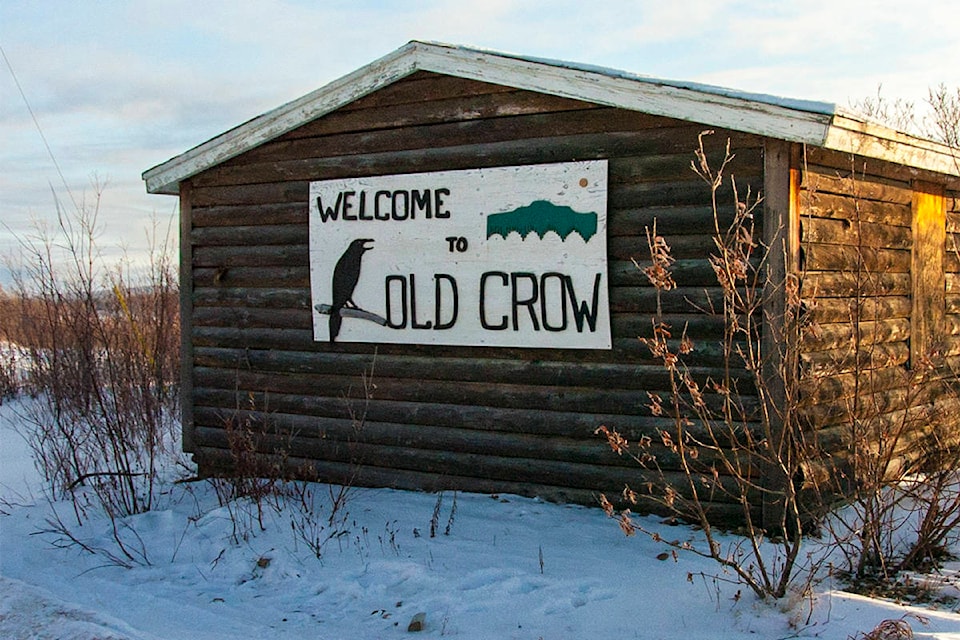Vuntut Gwitchin First Nation will declare a climate emergency next month, says its chief, and communities across Gwich’in Nation and beyond could sign on.
“The point of the declaration is to invite regional, domestic and international leaders and organizations into our fold,” said Chief Dana Tizya-Tramm. “We’re trying to provide an avenue for citizens, the laity and for leadership, for everybody to work together in creating awareness and also to galvanize all of us around the solutions.
“We’re hoping that this is gonna set off a cascade effect and this declaration is going to gain signatures across the North.”
The signing and passage of the declaration will coincide with Caribou Days in Old Crow, which is planned between May 17 and 20.
“We have an opportunity here with the Gwich’in Nation, which stretches from Alaska through northern Yukon into N.W.T., as well as the 14 First Nations in the Yukon. You can see the political stage here,” Tizya-Tramm said.
A sobering report released on April 1 called Canada’s Changing Climate Report says the North is warming faster than the rest of the country.
While Canada’s average annual temperature has risen by 1.7 C between 1948 and 2016 (two times the global average), it’s higher in the North: the territories have seen a 2.3 C increase — three times the global average — during the same timeframe, according to the report.
According to a temperature-change map in the report, an area in the Yukon stretching roughly from the west of Old Crow down to Eagle Plains and east to the border with N.W.T. saw one of the biggest warm-ups across the country, with the annual average temperature increasing by about 3.5 C.
In the Old Crow Flats, thawing permafrost has been linked to the loss of about 3,000 hectares of lake area between 1951 and 2007. As permafrost under lakes melts, the water can suddenly drain into the now-thawed land. The report says “catastrophic lake drainages in this region have become more than five times more frequent in recent decades.
Asked about this report, Tizya-Tramm said climate change is “like watching a nuclear explosion in slow motion, and it’s coming for us.”
Lakes emptying and melting permafrost are some examples he brought up.
“Our elders have spoke about what’s to come in the future and the most common thing I hear is ‘I’ve never seen this before,’” he said.
Hunters and gatherers talk about the impacts, too.
“This correlates with reports,” Tizya-Tramm said. “We can read the writing on the wall.
“The difficult conversation around climate change is that a lot of people won’t jump off the sidelines into the game until it’s happening in their backyard. Well, it’s already happening in our backyard, and we need to invite this rest of Canada and the Yukon into our efforts moving forward.”
With files from Jackie Hong
Contact Julien Gignac at julien.gignac@yukon-news.com
